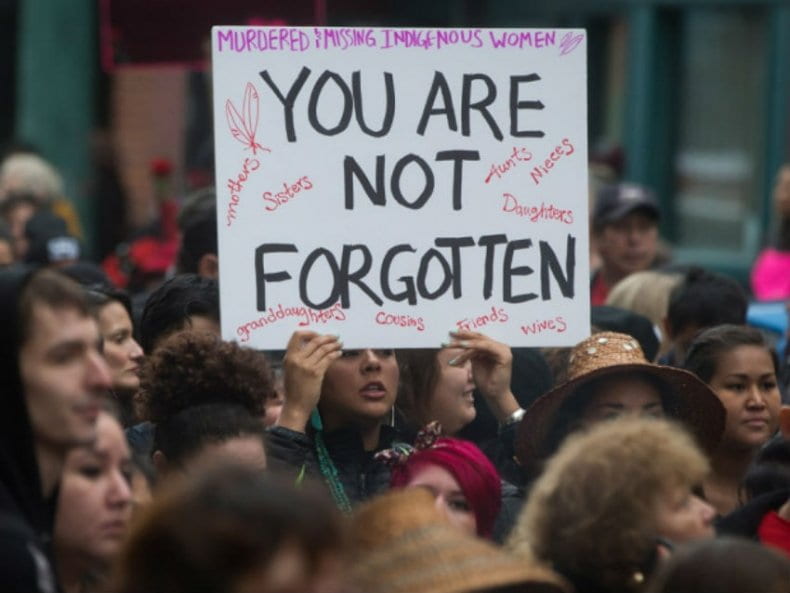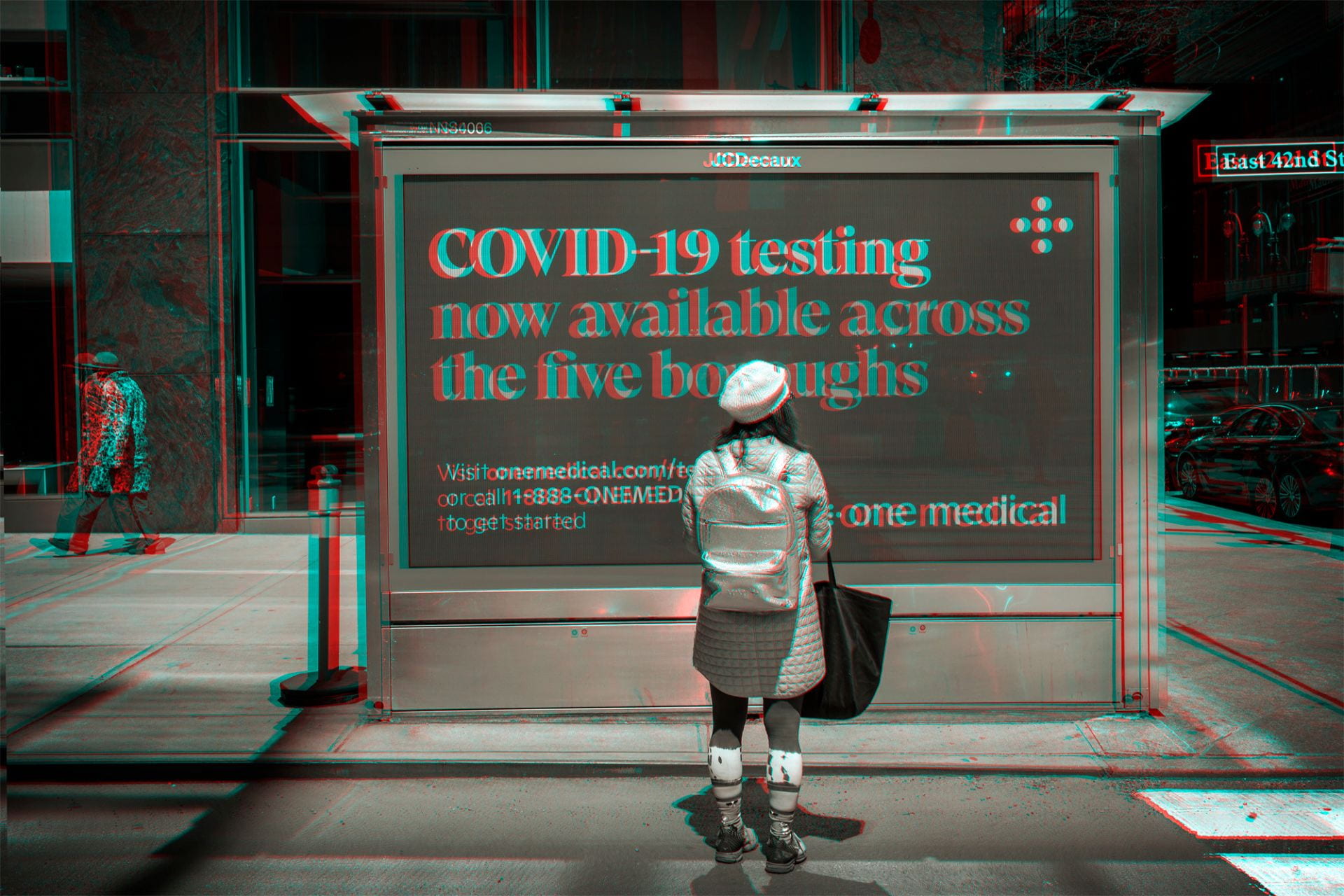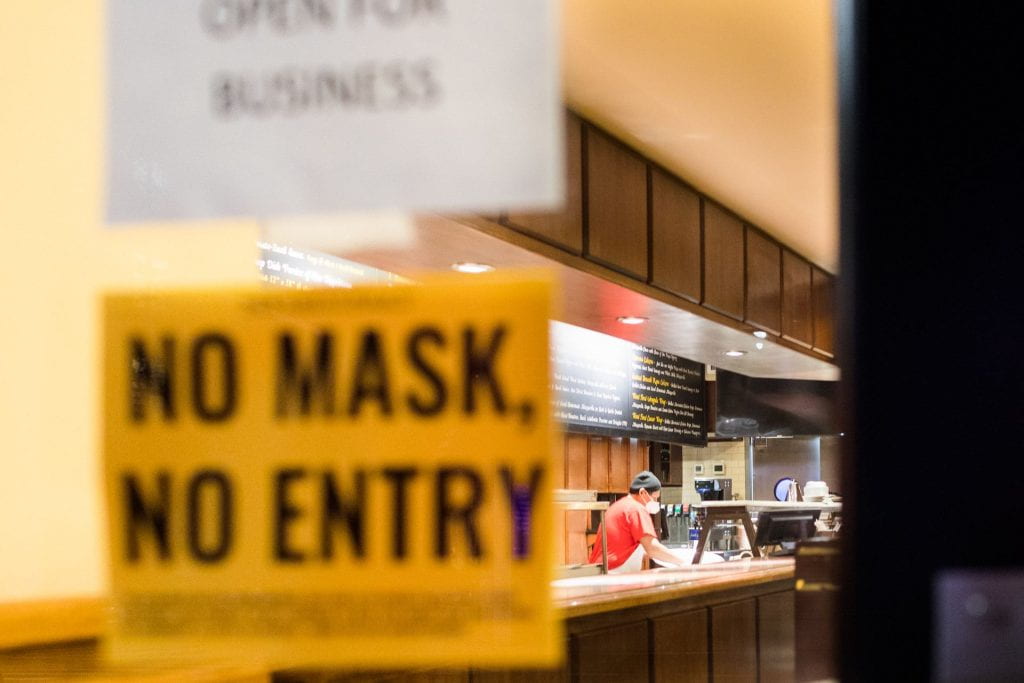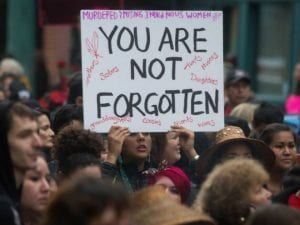
If you casually partake in nightly news television, or are one of the 3.6 billion social media users worldwide, you have more than likely been overwhelmed by the constant updates pertaining to the disappearance and murder of Gabby Petito. While the unfolding of this tragedy has been heart-wrenching to watch, the excessive day-to-day news updates have sparked a growing concern over the disproportionality in news coverage compared to BIPOC (Black, Indigenous, People of Color) women that have gone missing. More commonly referred to as “Missing White Woman Syndrome,” the law enforcement efforts and public attention attached to Petito’s story illustrates how physical appearance and race can be a life-or-death determinant in cases of missing persons. In Wyoming, the state in which Petito went missing, 710 Indigenous people, mostly girls, have gone missing in the last decade. None of those 710 cases have become household names or become national news stories.
Representation is Especially Critical in Cases of Missing Persons
As cases of missing BIPOC continue to have a lack of news coverage and public attention, it is important to understand the ramifications of what we see – and what we don’t see – covered by various news outlets. According to a report in a recent article from The Insider, “50% of missing Indigenous people are found within one week, while 21% remain missing for 30 days or longer. Only 11% of white people remain missing for that long.” The report also looked at media coverage of homicide victims, finding that only 30% of Indigenous victims made the news, compared to 51% of victims that were white. The relationship between news coverage and the likelihood of a missing person being found alive illuminates what is actually at stake when a story is reported: the ability for a person, in many cases a young woman or girl of color, to be rescued and brought back home to her loved ones.
Missing Black Women & Girls in America
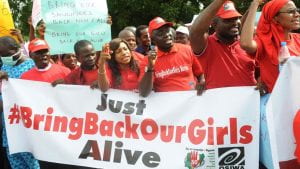
Although African-Americans are currently only 13% of America’s population, the group makes up 36% of missing persons according to the Black and Missing Foundation. In Chicago, 51 Black women are currently missing. Michael Pfleger, the father of one of those missing girls, is an anti-violence activist in Chicago who recently noted, “Where’s the outrage? Where’s the commitment? Where? Where is the press conference from law enforcement and city officials to say ‘we’re gonna find the roots of this?’” Although Pfleger sends his deep condolences to the Petito family, he went on to say, “The value of life depends on your race and color.” This concept of determining the value of a life based on race and skin color can be easily applied to disparities in healthcare, gun violence, and mass incarceration in America; however, cases of missing Black women and girls epitomizes the intersectionality of both race and sex discrimination in America.
Social Media Platforms like TikTok shed a New Light on the Issue
Due to law enforcement’s inadequate service, those who have witnessed the effects of ‘Missing White Woman Syndrome’ have recently begun to take matters into their own hands. The social media app TikTok, in which users make and share short video clips, has been a tool many have used to spread information and share case updates with the public. Eye-catching graphics and hashtags such as #MMIW (murdered and missing Indigenous women), are used by social media users in videos and posts to gain the attention of anyone willing to help find missing Indigenous women. The MMIW movement across TikTok and other forms of social media has led to critical conversations, specifically amongst young people, about why the statistics of missing persons are so disproportionate, not only regarding media coverage, but action from politicians and law enforcement as well. As Petito’s story began to unfold, many began to wonder why the FBI was involved in her case. With cases of non-white victims their loved ones must create flashy videos in hopes of reaching a point in social media algorithms that they are viewed by a larger audience.
What can be done to help those at the highest risk?
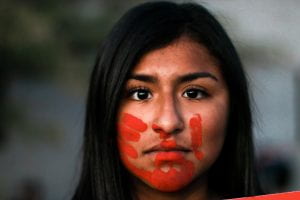
The topic of missing minority women is initially discouraging; however, there are many actions that can be taken to support the current rescue efforts. First, it is vital to realize not only why current news stories are being reported but the bigger issues behind the cover story presented, such as the reason why some cases are covered but almost identical cases are not. In addition to spreading awareness about underrepresented cases of missing persons, you can directly reach out to your state representatives, law enforcement agencies, and rescue teams about what they are currently doing to look for missing persons. Monetary donations are accepted by organizations that have already established efforts to bring women of color home safely, including MMIW and the Black and Missing Foundation .
For more on this subject and to learn about specific cases, click here.
